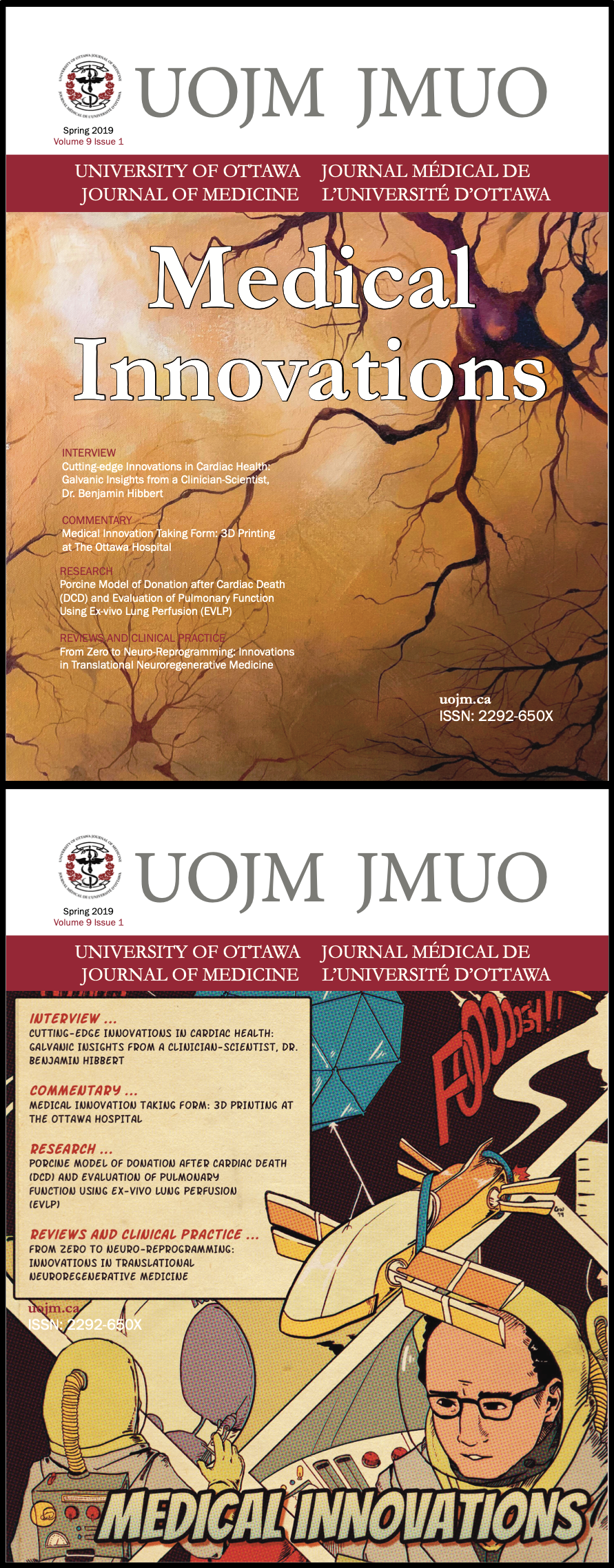Development of a 3D Printed Neuroanatomy Teaching Model
DOI:
https://doi.org/10.18192/uojm.v9i1.4057Keywords:
3 D printing, Neuroanatomy, Innovation in medical educationAbstract
Gross anatomy has been seen as one of the basic bodies of knowledge that must be mastered as part of medical training. Likewise, neuroanatomy has been seen as foundational to clinical neurosciences. However, Neuroanatomy is different from gross anatomy and this is due to the complexity of the central nervous system, moreover, some of its structures cannot be dissected or demonstrated in anatomy cadaveric lab. The use of anatomical models in medical curricula has been reported as an effective way in teaching and learning anatomy. They have been used to replace cadaveric material when the latter is difficult to acquire, or when the anatomical structures cannot be dissected like the brain ventricles for instance, moreover they have the privilege of visualizing the structures in a 3 dimensional modality. The goal of this study was to create a 3 D printed neuroanatomy model in order to complement the University of Ottawa anatomy models’ library, and help medical students visualize the pathway of different nervous tracts on a 3 D simulation model.
To assist with this, 2D images of slices of the cerebrum, brainstem, cervical, thoracic, and lumbar spinal cord were downloaded online to be imported to Adobe Photoshop CC 2015. The images were manually converted to black and white, and separated into different layers to export each components separately into Tinker CAD (online software). The different components were then assembled on Tinker CAD to create 3D printer compatible files. The files were printed using white ABS on a Replicator 2X MakerBot printer at the library of University of Ottawa.
Downloads
Published
Issue
Section
License
- Authors publishing in the UOJM retain copyright of their articles, including all the drafts and the final published version in the journal.
- While UOJM does not retain any rights to the articles submitted, by agreeing to publish in UOJM, authors are granting the journal right of first publication and distribution rights of their articles.
- Authors are free to submit their works to other publications, including journals, institutional repositories or books, with an acknowledgment of its initial publication in UOJM.
- Copies of UOJM are distributed both in print and online, and all materials will be publicly available online. The journal holds no legal responsibility as to how these materials will be used by the public.
- Please ensure that all authors, co-authors and investigators have read and agree to these terms.
- Works are licensed under a Creative Commons Attribution-NonCommercial-NoDerivatives 4.0 International License.


